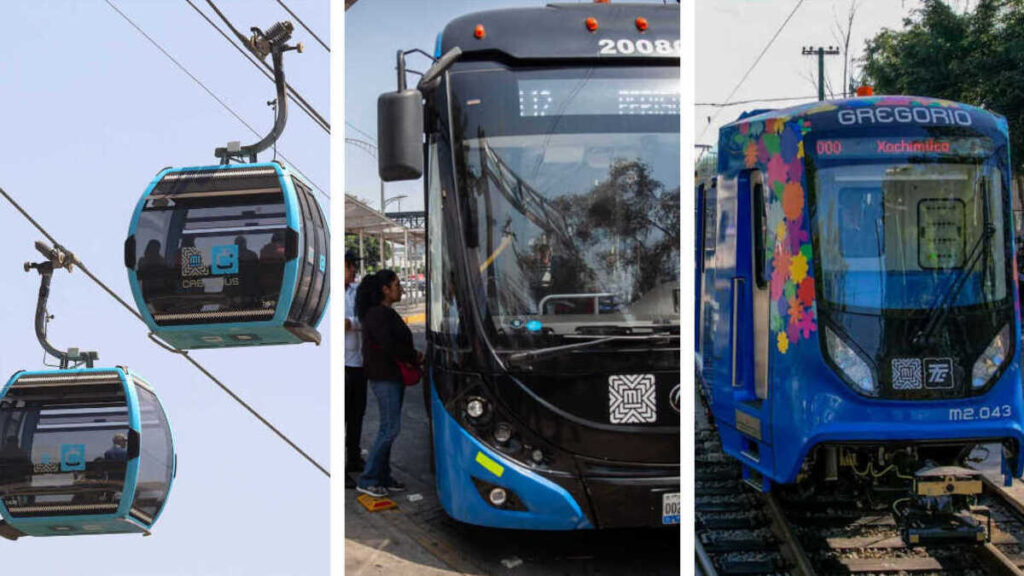Mexico City Mayor Clara Brugada announced that the Mexican capital’s public transportation network will be expanded to accommodate more people. The news came during the launch of 14 trolleybuses on Line 12 on Monday.
The Mexico City government is considering three new Cablebús lines and a new Trolleybús route, as well as the addition of new light rail trains, which will increase the number of people able to travel on the public transportation network.
What are Mexico City’s transportation projects and where will they be implemented?
According to the capital’s governor, these are the projects already being considered to expand transportation in Mexico City:
Three Cablebús lines: one in Tlalpan, another that will connect Magdalena Contreras with Álvaro Obregón, and another that will depart from Milpa Alta and reach the Tláhuac metro station.
A new Trolleybus route: it will run from the Universidad Metro station to the Huipulco Modal Transfer Center (Cetram), pass through the Santa Úrsula neighborhood, and reach the Azteca Stadium before continuing to Huipulco.
A tender is being issued for the incorporation of 17 new Light Rail trains to be used in Coyoacán, Tlalpan, and Xochimilco, as part of the World Cup projects.
Mexico City’s electric mobility systems in numbers.
According to data from Brugada Molina, per month:
The Trolleybus moves 10.5 million people.
The Train Light rail transports 3.9 million people
The Cablebús transports 4.5 million people
Clara Brugada noted that, currently, all electric mobility systems in Mexico City transport 18.9 million people per month, not including the Collective Transportation System (Metro).
“…Electromobility is increasingly becoming a fundamental part of mobility in Mexico City.”

Source: unotv




